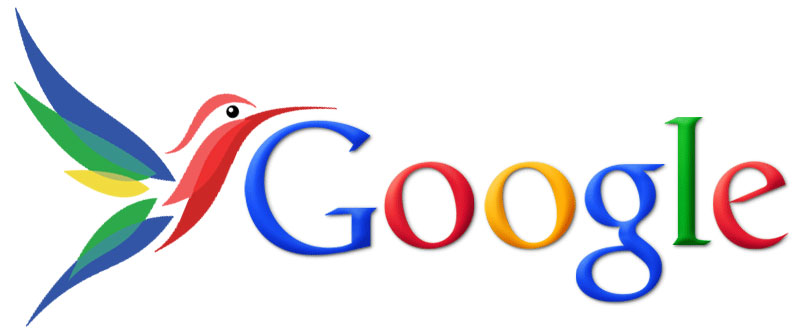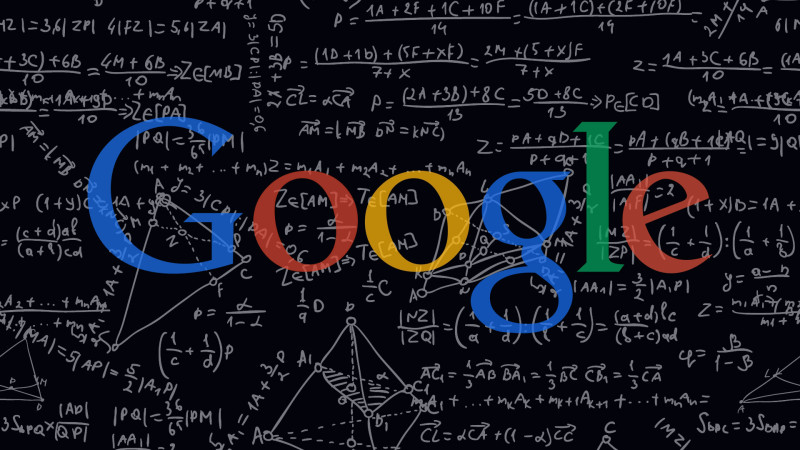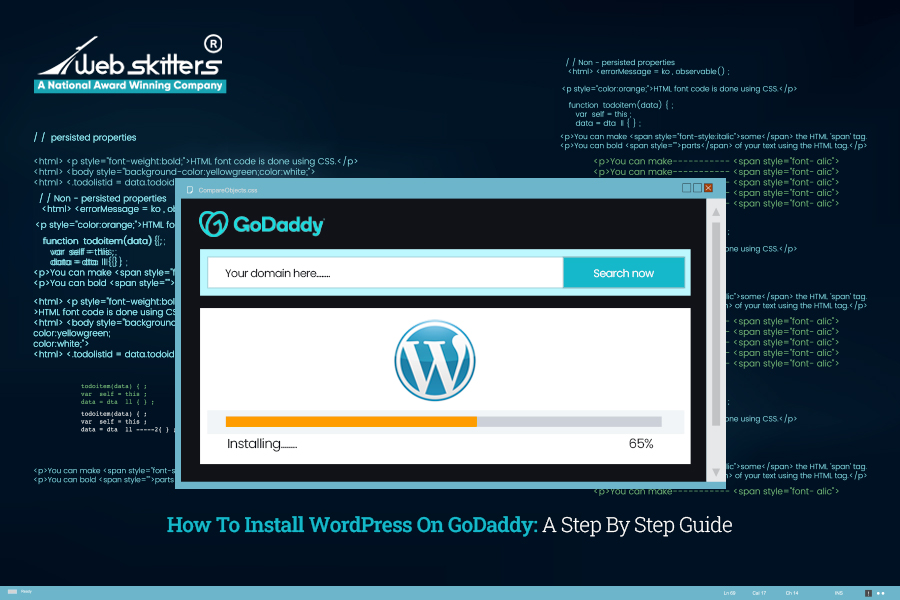Reinforcing its search algorithm further, Google has recently announced its latest introduction of RankBrain which is primarily an artificial intelligence tool for machine learning.
RankBrain- What’s it?
Not repeating the above definition let’s speak about the machine learning stuff. Machine learning is a method by which machines have an inherent artificial intelligence to learn methods to perform a function rather than following human instructions.
RankBrain- Where does it Stand?
RankBrain holds a humble position at entire set of search algorithms employed by Google.
HummingBird

Entire set of algorithm employed by Google is contained under a single heading called ‘HummingBird’.
Along with RankBrain other significant parts of HummingBird algorithm are Penguin, Panda, Payday, SEO space, Pigeon, Top Heavy, Pirate and Mobile Friendly.
RankBrain, Third-most Important Signal
In Google’s dictionary, signals are factors to determine how to rank web pages. For example you can term words as signals as they help Google to read a search term. Bold and small cases are differently dealt. Mobile friendly webpages are read differently.
200 big ranking signals are available along with 10,000 different sub-signals.
Functions of RankBrain
RankBrain is a highly advanced factor for search results as it produces search results when near to exact search words have been submitted.
How did Previous Signals Help Google to Search for Near Exact terms?
For years before Google Search segregates ‘shoe’ from ‘shoes’ as both of them are technically different terms. ‘Stemming’ technique made it smarter as now Google can grasp that ‘shoes’ is a variation of ‘shoe’. Along with this it became synonym smart and conceptual smart.
Knowledge Graph
Launched in the year 2012, Knowledge Graph has strengthen Google’s search for near exact words as now it can differentiate between ‘things’ and ‘strings’. ‘Knowledge Graph’ is a database of facts of actual things related with search terms.
RankBrain on Action Field
Search queries somehow flow down to manual sorting methods and here major problem is huge amount of search queries need to be processed regularly (around 3 billion searches/day). In this around 15% searches are absolutely new terms.
Complex multi-word search terms and ‘long-tail’ search queries are better interpreted by ‘RankBrain’. Effective back stage translation of search queries are best handled by ‘RankBrain’. For this it searches for connecting patterns between seemingly unconnected terms.
What Help is of ‘RankBrain’?
Let’s understand ‘RankBrain’s’ performance with an example. Search for name of consumer set sitting on the highest rank of Food Chain. Same search results will be provided if you enter search query for ‘top level food chain’ with a difference. The second one will be much more extended and less focused. ‘RankBrain’ algorithm will connect results of both search queries and offers an extended and thoroughly included search result.
‘How many spoons in a cup’? ‘RankBrain’ would deliver different numbers for USA and Australian net users as the countries use different measurement specifications.
Starting Date of ‘RankBrain’
It has already begun. It has been rolled out from the start of this year. As of now it is fully in function.
Queries Influenced with ‘RankBrain’
A very large number of queries are influenced with ‘RankBrain’ but there is no exact specification of numbers or names.
When will ‘RankBrain’ Stop Learning?
It learns offline and with archives of previous searches learns to make predictions. If these are good then latest version of it will go live.
‘RankBrain’ and Me
To learn’RankBrain’ you need to learn about word ‘vectors’; how phrases and words are mathematically connected etc. For this Google’s blog posts can be of great help. You can learn from your personal machine learning project taking help from tools like word2vec.
Parting Thoughts
At this point we can predict that ‘RankBrain’ is helping Google to better classify pages on the basis of contents contained. It better summarizes ‘what a page is all about?’.
We hope that ‘RankBrain’ will be immensely helpful regarding SEO purposes of a website.
Header source: http://selnd.com/1MUlhVm


 July 4, 2022
July 4, 2022 








